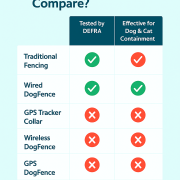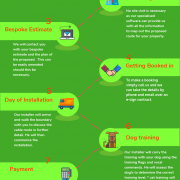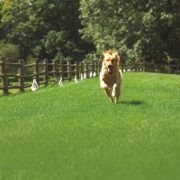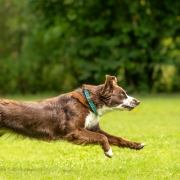GPS Trackers for Pet Safety? – When GPS Trackers Fail
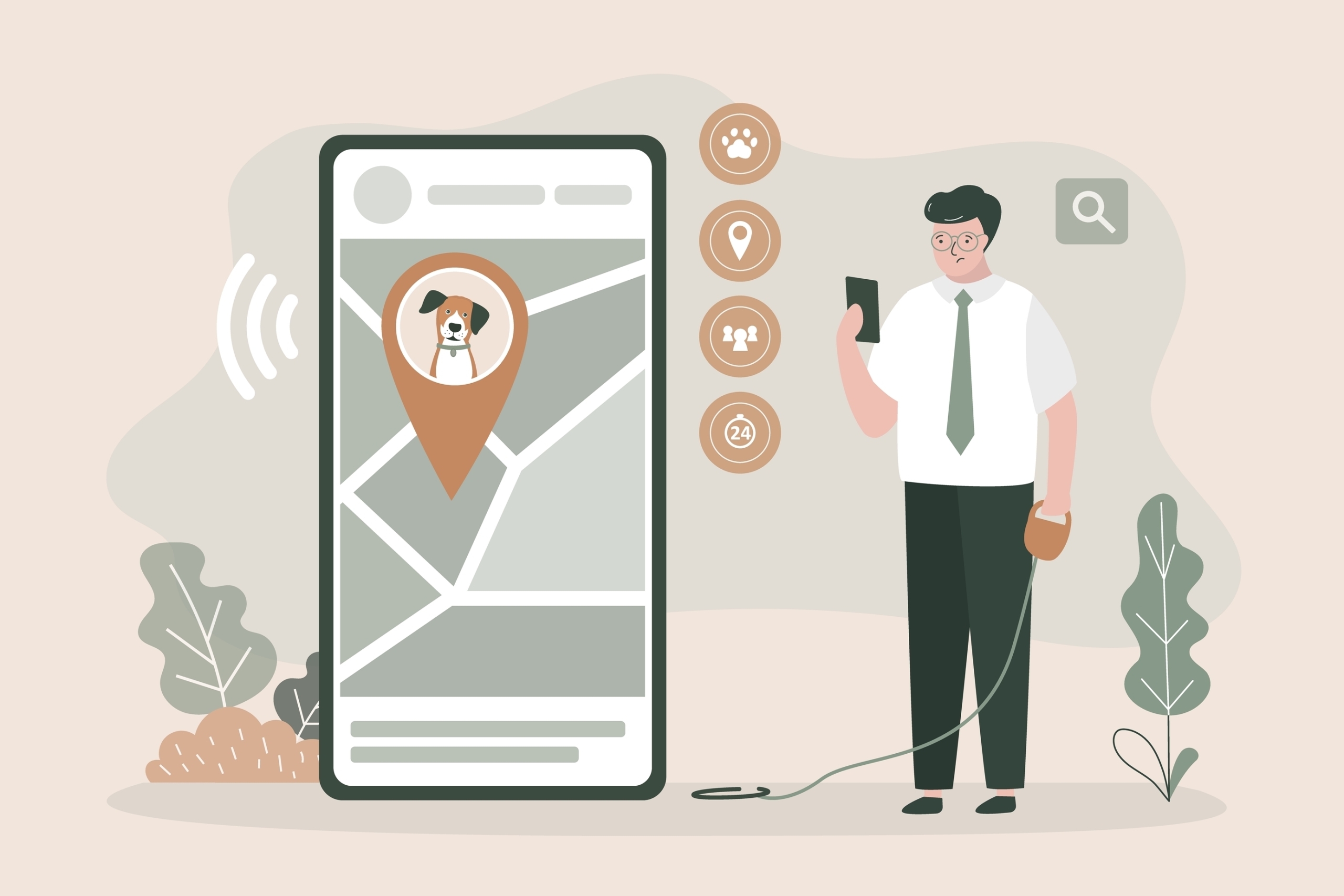
“An electronic pet fence provides a secure boundary, keeping your pet safe from outdoor dangers and giving you peace of mind
GPS Trackers for Pet Safety? – When GPS Trackers Fail
Introduction: The Illusion of Absolute Safety
In an age where technology promises to enhance every aspect of our lives, pet owners increasingly turn to GPS trackers for pet safety. ensure. These devices, often marketed as foolproof solutions, offer real-time location tracking and peace of mind. However, feedback from customers and recent incidents have highlighted that these devices, while useful, are not infallible. This blog highlights some real stories where pets wearing GPS trackers were lost or harmed, emphasising the need for a balanced approach to pet safety. For more on how to protect your pet, check out our guide to pet safety.
Case Study 1: The Tragic Fate of Basil
In August 2023, a cat named Basil from Longmont, Colorado, was found deceased and dumped in a river. Despite wearing a GPS collar, which allowed her owners to trace her final movements, they arrived at the scene moments too late. Sadly, it was revealed that Basil had been shot in the head, underscoring the reality that GPS trackers cannot prevent harm, accidents, or criminal activity. For more on keeping your pet safe from harm, visit our pet fence solutions]
Case Study 2: The Mystery of the Moving .Collar
In a perplexing incident, a pet owner noticed his cat’s missing GPS collar moving around his neighbourhood after it was reportedly “eaten by a rat.” This unusual occurrence raises questions about the reliability and security of GPS trackers, especially when they can be manipulated or tampered with in unexpected ways. Read more about why GPS trackers might not be the best option in our GPS tracker review.
Case Study 3: The Story of Coco in East Dulwich
In a forum discussion on the East Dulwich Forum, a user recounted the story of their cat, Coco, who had gone missing despite being fitted with a GPS tracker. Unfortunately, despite the tracking technology, the owners were unable to locate her in time. Coco was eventually found deceased, a sad and sorry discovery. This tragic event underscores the reality that GPS trackers cannot prevent outside dangers, and their effectiveness is limited by various factors. Learn more about the limits of technology in pet safety by visiting our [blog on pet tracking]
The Limitations of GPS Pet Trackers for Pet Safety
- Inability to Prevent Accidents or Malicious Acts: GPS trackers cannot prevent accidents or intentional harm, such as road traffic accidents, poisoning, or even shootings, which are unfortunately prevalent in some areas.
- Dependence on Battery Life: A tracker with a depleted battery renders the device useless, leaving pet owners without vital information in emergencies.
- Signal Interference: Environments with poor connectivity, such as dense forests or urban areas with tall buildings, can impede the GPS signal, leading to inaccurate or delayed location updates.
- Physical Discomfort for Pets: Some trackers are bulky or heavy, potentially causing discomfort or even injury to pets, especially smaller animals or those with sensitive skin.
- Security Vulnerabilities: Many GPS pet trackers and their associated apps have been found to have security flaws, including unencrypted data transmission and weak authentication protocols. This makes them susceptible to hacking, potentially exposing both the pet’s and owner’s location and personal information.
If you’re looking for a more reliable solution to pet safety, consider our [electronic pet fence] as an alternative to GPS trackers.
Why an Electronic Pet Fence is a Better Solution
While GPS trackers can assist in finding lost pets, they do not prevent the dangers that can harm animals in the first place. Unlike GPS trackers, an electronic pet fence creates a controlled, secure environment for pets by keeping them safely within the boundaries of your property. With a properly installed pet fence, your pet is protected from:
- Traffic accidents: Keep pets from wandering into busy roads.
- Predators and dangerous animals: Protect your pets from wildlife that might pose a threat.
- Criminal activity: Prevent pets from straying into areas where they could be intentionally harmed.
- Getting lost: By containing your pets within a set area, you eliminate the risk of them wandering off and getting lost.
An electronic fence works in real-time, offering constant security and peace of mind without the potential failings of a GPS tracker. It also removes the need for constant monitoring or searching, providing a reliable safeguard for your pets. Learn more about how electronic pet fences work in our [how it works guide].
Best Practices for Pet Safety
- Use Trackers as a Supplement, Not a Substitute: Employ GPS trackers to assist in locating pets but do not rely solely on them for safety.
- Regularly Update Identification: Ensure microchips and tags have current information and are properly registered.
- Maintain Supervision: Always monitor pets, especially in unfamiliar or hazardous environments.
- Secure Living Spaces: Provide safe, enclosed areas for pets to prevent accidental escapes.
- Consider an Electronic Pet Fence: A long-term solution for keeping your pets safe at home, reducing the risks associated with outdoor dangers. Check out our [installation services](https://www.dogfence.co.uk/installation-services).
Conclusion: Ensuring Comprehensive Pet Safety
While GPS trackers can be a helpful tool for locating lost pets, they should not be relied upon as the sole means of ensuring their safety. Incorporating an electronic pet fence into your pet care routine can help mitigate the risks associated with outside dangers, providing a more reliable and secure solution for your furry companions. Get started today with a [free consultation] to discuss the best options for your pet’s safety.


